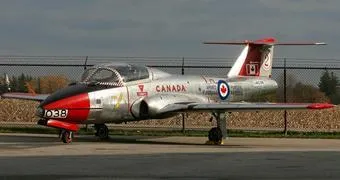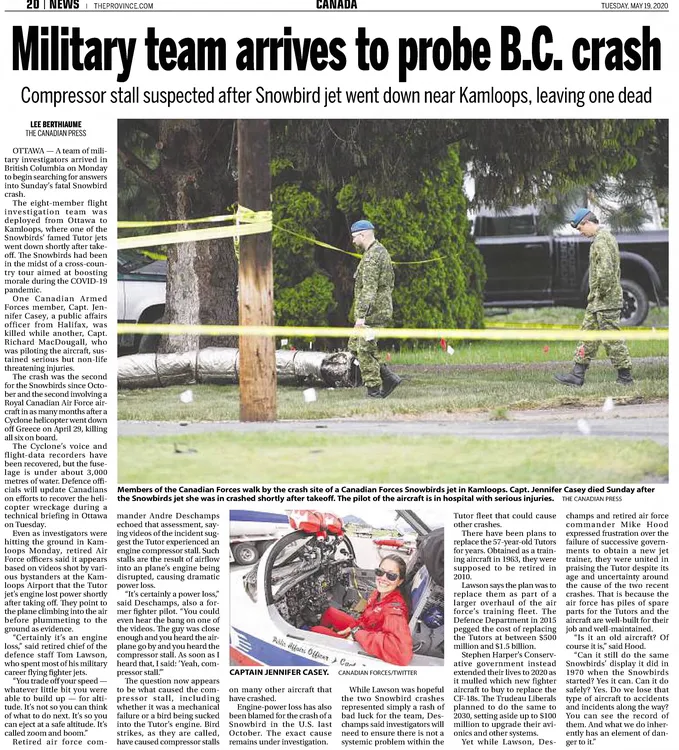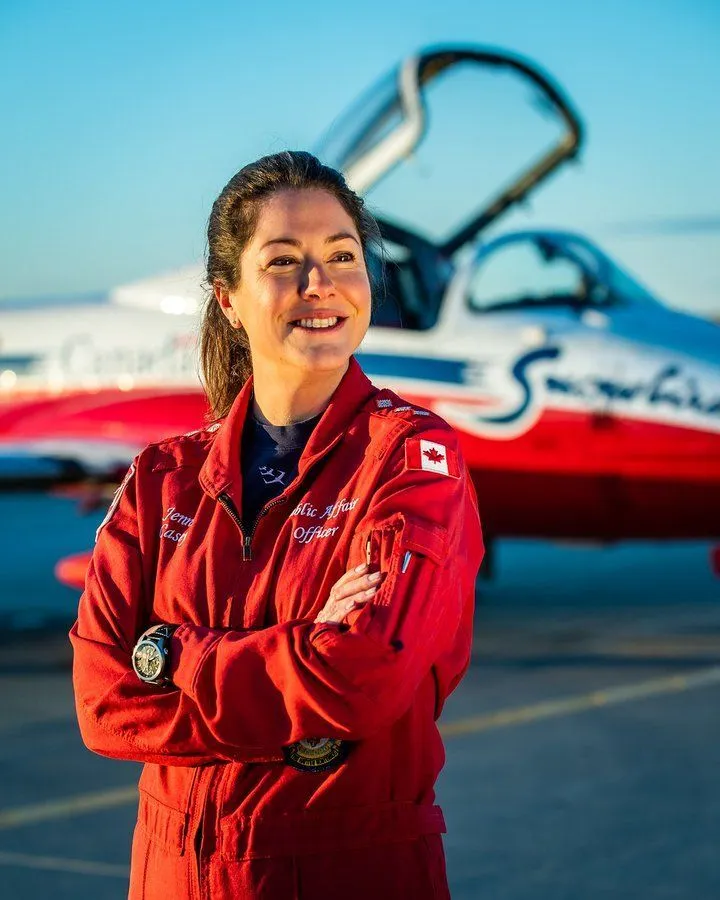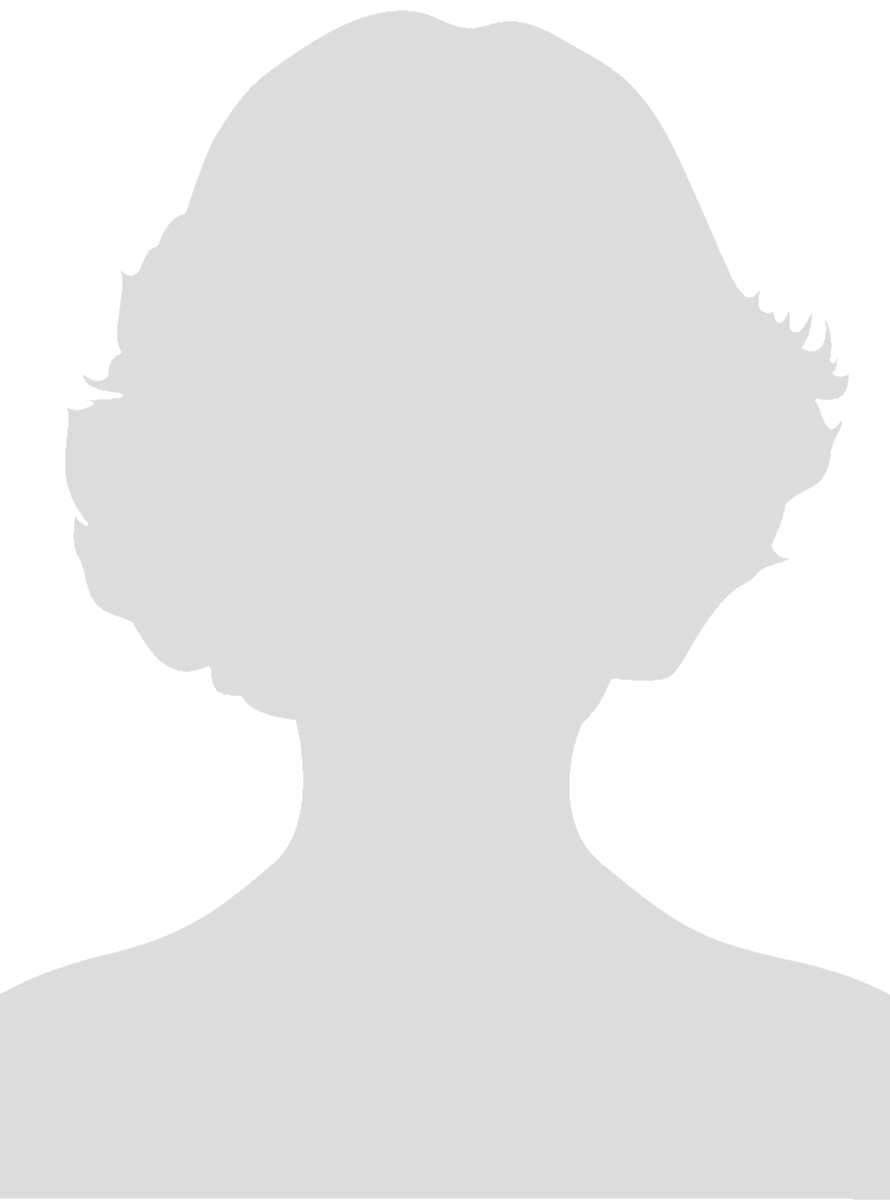Canadair CT-114 Tutor

The Canadair CT-114 Tutor (company model CL-41) was the Royal Canadian Air Force (RCAF), and later Canadian Forces, standard jet trainer between the early 1960s and 2000. It was designed and produced by Canadian aircraft manufacturer Canadair.
Development commenced as a private venture by the company. On 13 January 1960, the prototype performed its maiden flight; a year and a half later, the Canadian Government placed a major order for the type. The RCAF would be the dominant user of the type, but a limited number were exported as well. Specifically, the CL-41G model, which was supplied to the Royal Malaysian Air Force (RMAF), served as a ground-attack aircraft up until its withdrawal.
The Tutor served as the Canadian Forces primary jet trainer from the 1960s up until 2000, at which point it was finally retired from this role, having been replaced by a combination of the newer British-built CT-155 Hawk and American-built CT-156 Harvard II. While the majority of Tutors have been retired, a small handful of aircraft are currently still being used by the RCAF's Snowbirds aerobatics team.
The beginnings of the CL-41 Tutor can be found in a decision by Canadian aircraft manufacturer Canadair to develop its own indigenous trainer aircraft as a private venture. The design itself was the product of the company's in-house Preliminary Design department. By August 1957, the basic configuration of the design had been completed, which was of a turbojet-powered, low-wing aircraft, complete with a tricycle undercarriage and a side-by-side cockpit arrangement. From the onset of development, the aircraft was intended to be a purpose-built trainer for providing elementary jet flight training, as well as additional training up to an advanced level.
The CT-114 Tutor is a single-engine turbojet-powered trainer aircraft. It was purpose-designed for the training role, and possesses numerous favourable qualities, including a high level of reliability and favourable operating economics. It is capable of a wide performance range, possessing a top speed at altitude of 795 kmh (429 kt) and a diving speed of 885 kmh (478 kt) against a relatively low stalling speed of 71kt. The Tutor is furnished with manual flight controls, which incorporate spring tabs. It is intentionally aerodynamically stable in flight, a factor which traditionally has aided in the training of fresh pilots unfamiliar with the demands of flight.
The Tutor features a side-by-side cockpit. During standard operations, the observing instructor was seated on the right-hand side and the flying student pilot on the left; normally, only the left-hand side normally featured full flight controls. However, following experiences with the Snowbirds display team, a number of aircraft were reconfigured with extra controls so that they would be flyable from either position. The cabin, which is fitted with a rear-hinged canopy over both crew members, can be pressurized to a differential of 3 psi (20 kPa), the equivalent to an altitude of about 2,000 m, for pilot comfort.
For aerial display purposes, the Tutor was readily capable of being fitted with a smoke generator, including a pair of under-fuselage pods to house the pressurized diesel fuel used; the use of red dye in the smoke was discontinued fairly quickly as it was found to be highly corrosive. Various other modifications would also be made to display aircraft; these could be routinely installed and uninstalled as airframes would regularly be exchanged between display and training flights.
Aerobatics: During 1967, a batch of ten Tutors were modified for use as a formation aerobatic aircraft by the RCAF (and later the unified Canadian Forces) display team, the Golden Centennaires to celebrate Canada's centennial year. At the end of the 1967 season, the display team was disbanded, thus its aircraft returned to routine training duties. In 1971, a new formation team was formed at 2CFFTS (Two Canadian Forces Flying Training School) at CFB Moose Jaw, once again adopted the type. The following year, the name "Snowbirds" was chosen for the team; during 1978, the team received squadron status as 431 Air Demonstration Squadron.
Since its formation, the Snowbirds display team has regularly performed at air shows and special events, including the annual flypast on Canada Day over the capital city, Ottawa. According to journalist Guy Norris, a defining trait of their aerobatics is the physically-demanding formation flights performed, as well locally-developed manoeuvres such as the "Big Goose'. Unlike most display teams, the Snowbirds do not have a support aircraft; all spares and useful material could be carried by the aircraft themselves in storage areas located in the nose or the wing root.
Those Tutors used by the Snowbirds feature several modifications distinguishing them from standard examples; these include a smoke generating system, an highly-recognisable paint scheme unique to the display team, and a highly-tuned engine for greater responsiveness during low-level flying. Reportedly, display pilots would deliberately fly their aircraft using an above-average level of nose-down trim so that pushing the stick down would become unnecessary. The Snowbirds' aircraft would regularly be cycled with standard training aircraft, allowing the team to operate airframes with comparatively low accumulated flight hours. Wikipedia
 Wikipedia Canadair CT-114 Tutor
Wikipedia Canadair CT-114 Tutor
 CT-114 Tutor Kestrel Publications
CT-114 Tutor Kestrel Publications
CASPIR Aircraft Groups:
RCAF On Strength (191), Canadian Aircraft Losses (19)Tutor 26161

Snowbird Crash
Flown by Golden Centennaires Aerobatic Team. Later operated by 2 CFFTS, CFB Moose Jaw, SK. Completed avionics upgrade program on 24 April 1995.
Conversion to Snowbird configuration completed in January 2004. Operated by Snowbirds as Snowbird #4, year unknown. To Trenton for bird strike repairs, September 2004 to March 2005. Snowbird #11 in 2005 season. Visited Pearson Airport on 24 February 2006, marked as Snowbird #10. Reported as Snowbird #14 later in season. Was Snowbird #13 by late August 2006. Snowbird #9 in early 2007 season, Snowbird #5 by end of August 2007 Snowbird #6 in June 2009. Snowbird #9 in September 2009. Snowbird #8 in June 2011 Snowbird #5 in October and November 2011. Snowbird #2 in 2017.
On 17 May 2020, this a/c along with another Snowbird a/c was departing Kamloops, BC to proceed to Comox, BC. The a/c suffered an apparent engine failure during the take-off roll. The a/c zoom climbed, rolled and then nosed down sharply. Both crew ejected at low altitude and the jet impacted in a sub-division.
The pilot, Captain R. MacDougall, survived with injuries but the teams PA officer, Captain Jennifer Casey was fatally injured.
1966-03-10 Taken on Strength 2021-12-28
1971-01-08 Serial Change Became CAF 114161 2019-08-20
2020-05-17 Struck off Strength Cat “A†write-off 2021-12-28





 Canadian Virtual War Memorial
Canadian Virtual War Memorial Find-A-Grave.com
Find-A-Grave.com Halifax Nova Scotia, Canada
Halifax Nova Scotia, Canada
 Harold A Skaarup Web Page
Harold A Skaarup Web Page YouTube More than just the iconic Snowbirds demonstrator aircraft: the story of the Canadair CT-114 Tutor
YouTube More than just the iconic Snowbirds demonstrator aircraft: the story of the Canadair CT-114 Tutor